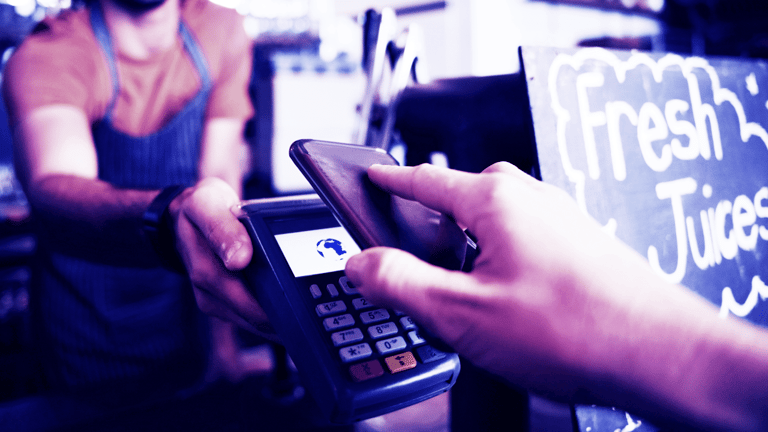
By Paymentology

If your financial institution is thinking about launching a mobile wallet solution, you’ll need to plan the project very carefully. But don’t worry, because we’re here to help.
Those of you that have been reading Paymentology’s recent series of blogs on mobile wallets should have a good grasp on why mobile wallets are so popular, understand the different types of mobile wallet, and know all about the features and requirements of mobile wallets.
(And if you need a recap, you can download Paymentology’s full, in-depth guide to launching a mobile wallet.)
Now we’re going to talk you through the steps required to actually launch a mobile wallet, as well as providing realistic timeframes for each stage.
It's worth pointing out here that the processes may be slightly different depending on partners you work with, your chosen payment network or networks, the region you operate in, and your current state of digitization. But below is an outline of the steps that will apply to most instances.
This phase involves researching the available options, defining a budget and production schedule, making decisions on the type of mobile wallet you want to implement, which card networks to work with, and which tokenization partner to choose.
When it comes to choosing partners, important questions about flexibility, implementation, pricing structures, additional features and technology all need to be answered. Realistically, this phase will take up to two months to complete.
Once you've come up with an effective plan, it's time to build the mobile wallet environment and connect with payment networks. If this is the first mobile wallet your institution has launched, you'll need to exchange keys with both the payment network and your tokenization partner.
The development will focus on the implementation of pre-digitisation and token lifecycle management services, and will take anywhere between two and eight weeks.
Your institution, your tokenization partner, and the payment network will then need to test the connectivity, functionality, and integration of the tokenization platform, to prepare for the production stage. This stage will take between two and 12 weeks.
Finally, the production stage will encompass the building of the final pilot setup and testing the solution outside the sandbox environment before you can move to the commercial launch.
Once everything including push provisioning and the production pilot are in place, and the specific requirements from the OEM wallet’s side are met (if applicable), a third-party lab will test and certify the solution. Then the wallet will be ready to launch.
As you can see, there are many considerations for financial institutions that want to launch a mobile wallet. To get the full lowdown on mobile wallets, download Paymentology’s guide today.
If you’re launching a mobile wallet solution, let Paymentology guide you through the process. Get in touch with us today to find out how we can support you.
By Paymentology



